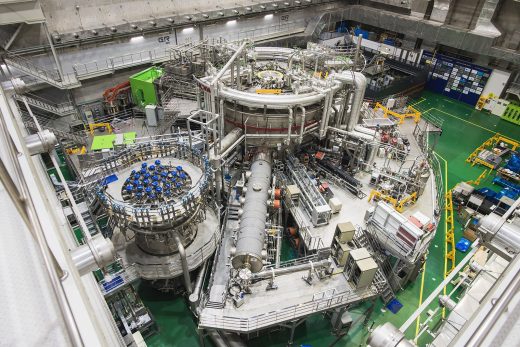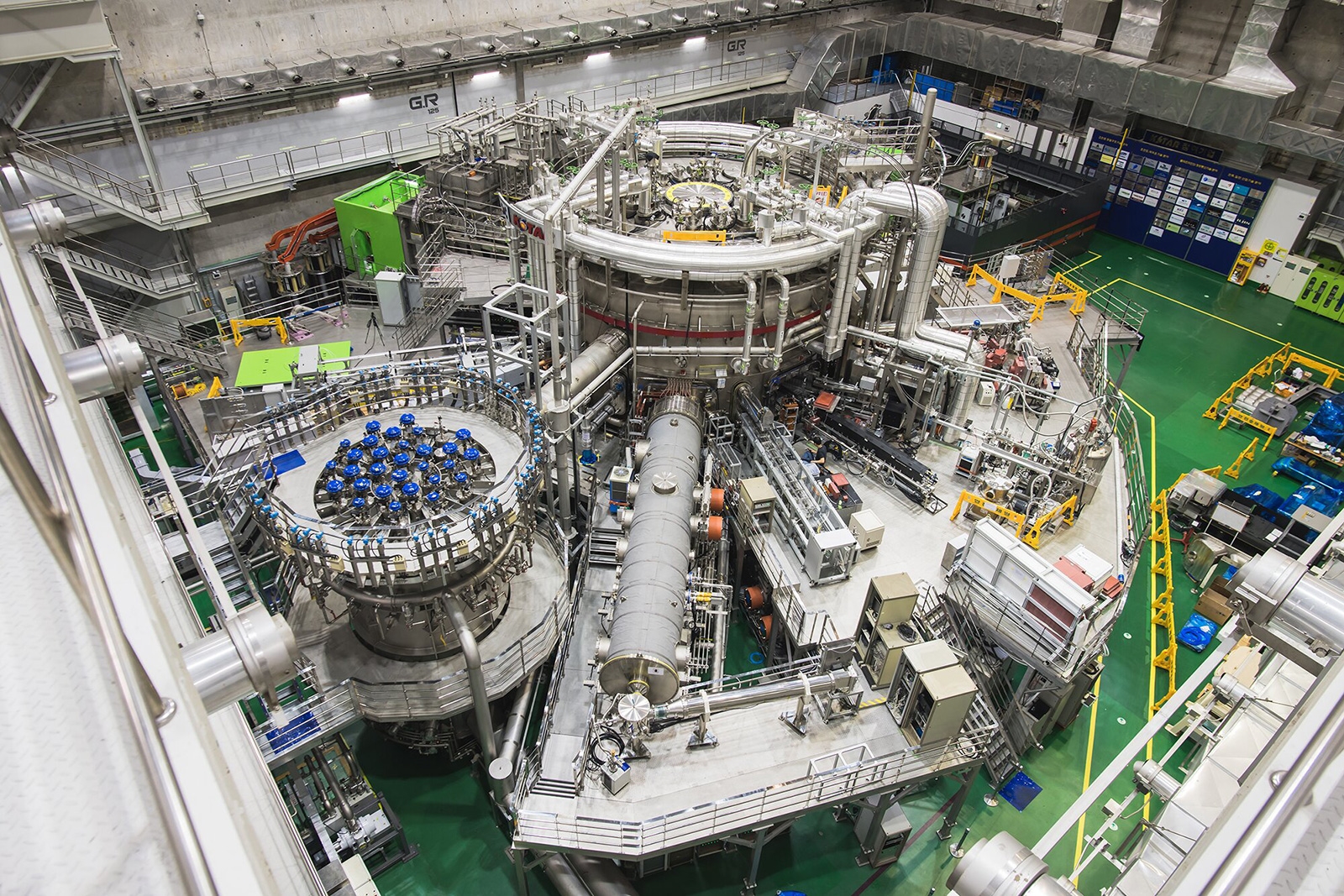Fusion energy device sets a record by running for 20 seconds
Most technology creators would consider a seconds-long test a bitter disappointment, but it’s a rousing success in the world of fusion energy. According to Phys.org, the Korea Superconducting Tokamak Advanced Research (KSTAR) device recently set a world record by maintaining its plasma at a super-hot 180 million degrees Fahrenheit for 20 seconds. That may not sound like much, but no previous fusion machine lasted for more than 10 seconds in those conditions — even KSTAR held out for just eight seconds in 2019.
The key was to improve the Internal Transport Barrier that helps with plasma confinement and stability.
There’s a lot of work left. KSTAR’s ultimate goal is to run non-stop for five minutes at the extreme temperature by 2025. The breakthrough is an important step in that direction, though, and could prove vital if fusion reactors are to become a practical reality. That, in turn, could help the planet by further reducing the dependence on coal and other CO2-heavy energy sources.
(21)




